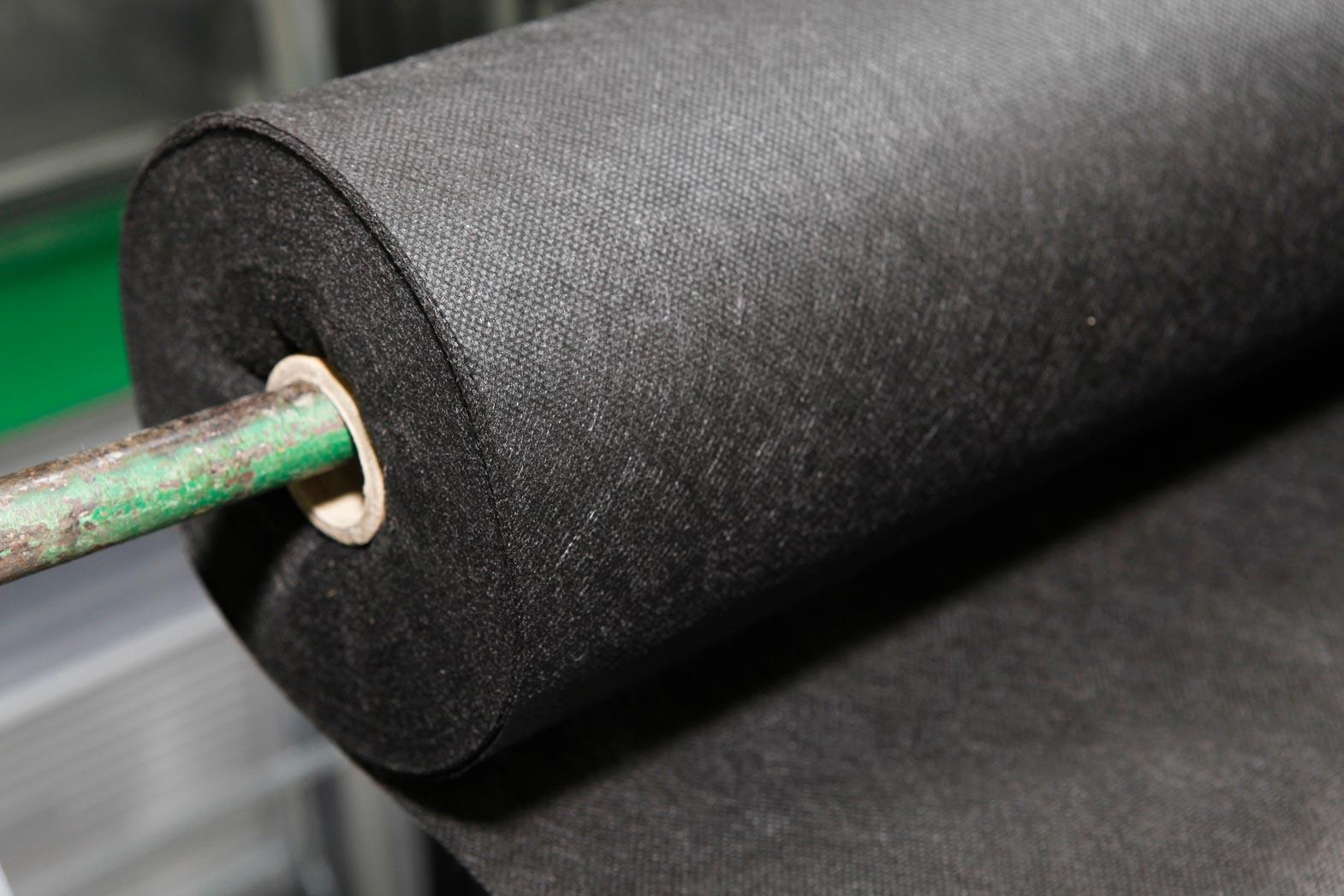Nanotechnology has increased the prospects of innovative fabrics and high-performance textile products through its wide applications in all kinds of textiles. The application of nanotechnology in technical textiles and non-wovens brings interesting applications and opportunities for the industry. The use of nanotechnology in non-wovens is expected to become a multi-million dollar business in the next decade.
Nanotechnology uses materials that measure between 1 to 100 nanometers in length. The National Nanotechnology Initiative defines nanotechnology as, "the understanding, manipulation, and control of matter at the above-stated length, such that physical, chemical, and biological properties of the materials (individual atoms, molecules, and mass matter) can be engineered, synthesized, and altered to develop next-generation materials, structures, and systems."
The recent study done by RNCOS expects the global market for nanotechnology to be $48.9 billion in 2017. It is used in non-wovens in two main forms currently in fibers and finishes. Nano fibers, which essentially are fibers that are produced through techniques like electro-spinning, have diameters at the nanoscale and are developed for making healthcare, industrial, and filtration products. Electro-spinning or centrifugal spinning is done for polyamides and polyvinylidene fluoride nano fibers. Polymer melt processes that consist of melt spinning, island-in-the-sea techniques, and melt blowing for obtaining nano fibers of polypropylenes and polyesters are used.
Nano fibers in non-wovens will be of use in areas where high surface regions requiring added volume or weight are needed. The widely used application of non-woven nano fibers is in filtration. It is employed in air filtration of domestic and industrial heating, ventilation, and air conditioning systems; extremely thin nano fiber non-wovens are used in automotive filtration of oil and fuel; batteries, capacitors, and storage devices like fuel cells also have non-woven nano fibers in separators and anodes. There are also medical end uses of these nano fibers.
Non-woven nano fibers are used to make surgical bandages that do not leave any residue when removed. The concept is emulated from the gecko's feet which cling to the surface it steps on. Bio-compatible nano fiber non-wovens are used to design such products. Another important application is the development of anti-bacterial textiles that combat the process of germ spreading; some of these use silver and copper compounds to achieve bacteria-repelling functionality. Non-woven nano fibers along with biopolymers are used to make regenerative medicine also known as scaffolds these help in forming cells for artificial tissues in the human body for implant purposes. Controlled release drug delivery, wound dressings, and bone scaffolding use nano fibers.
Nanotechnology has also led to the invention of UV protected non-woven fabrics which are used to make garments and are even applied in textile architecture. Nano materials containing titanium oxide and zinc oxide can help achieve such results since they have the ability to absorb ultra-violet radiation. Further experiments in this avenue; have led scientists to believe that apparels made out of such fabrics can decrease the risk of skin cancer to a large extent. Moreover, nano particles can improve the wear-resistance and dimensional stability of non-woven fabrics. This means products like car seats, which are made out of man-made fibres can now have high strength and can resist whiteness caused when exposed to sunlight.
Until the use of nanotechnology, improving hydrophilic properties of polyester in textiles was difficult. But with a nanometer thin layer of polyamine coating, polyester fabrics can absorb forty percent more water. Apparel makers and automotive part manufacturers can benefit from such a technology. Protective textile clothing plays a huge role in technical textiles offering an array of different functionalities with improved electrical, mechanical, and shielding properties. Carbon nano tubes are used to produce static-resistant clothing and fabrics in non-wovens.
But above all the innovative non-woven products developed with nanotechnology, the smartest application is going to be to protect the environment in the future. As unbelievable as it may sound, but nonwoven industry will soon be addressing issues like water scarcity and climate changes. Nano-filtration membrane technology can be used to clean dyeing and processing waste water of textile industries. In a separation process using non-wovens with organic molecules and ionic compounds, the membranes can retain dye molecules and clean the water, which can be recycled or re-used.
Black carbon soot, responsible for climatic changes and melting of icebergs, is known to absorb radiation from the sun and thereby increase atmospheric temperature. When certain non-wovens are used with nano particles the carbon soot can be captured from the air. However, this technology is at a nascent stage, there are chances of realizing such potential products when nano particles are used in non-wovens.
Using phase change materials in non-wovens outer gear, ski-suits, and mountaineering outfits as a part of protective clothings have been developed. These phase change materials are nano particles coated on to non-wovens that automatically regulate the temperature according to the body temperature of the wearer. When the temperature of the body becomes exceedingly cold, the phase-change materials crystallize and release the heat in turn to keep the body warm, and the reverse happens when the body becomes exceedingly warm. Such designs already exist in space suits but have found new applications in adventure sportswear, military uniforms, and even bedding products.
Non-wovens and nanotechnology together open up a lot of opportunities and are venturing to develop newer functions in aerodynamics, environment protection, textile architecture, healthcare, and protective clothing to name a few. The future of the perfect partnership between nanotechnology and non-wovens will bring nothing but novel and exciting technical products for industrial and commercial purposes.
References:
1. Nonwovens-industry.com
2. Innovationintextiles.com
3. Europlat.org








Comments